Owners corporations, and body corporates have a moral and legal duty of care to help keep the property safe for all residents. However, managing work, health, and safety (WHS) risks and hazards in common areas isn’t always simple.
A proactive, rather than reactive, approach is required, which is why it is important that schemes have a clear and structured approach when identifying, assessing, controlling, and reviewing hazards on common property. This helps keep the owners corporation or body corporate compliant with WHS laws as well as reducing risk of injury, accidents, and legal liability.
This guide provides an in-depth exploration of the steps committees should take to effectively manage health and safety risks, including understanding their duty of care, complying with WHS laws, recognising penalties for non-compliance, the risk management process, applying the hierarchy of controls, and adopting best practices to maintain WHS compliance.
One of the committee’s core responsibilities is to ensure all common areas are maintained to a reasonable level to remove hazards and prevent incidents that may impact the health and safety of persons using common property.
Both the duty of care and WHS Act obligations require owners corporations and body corporates to take reasonably practical steps to manage risk and hazards based on the following factors:
If your owners corporation or body corporate is classified as a person conducting business undertaking (PCBU), it will be subject to WHS regulations. This includes situations where a contractor or worker manages, repairs, and maintains common areas for mixed-use residential and commercial property.
On the other hand, if your owners corporation or body corporate is responsible for common areas used only for residential purposes, you may not be subject to WHS regulations. Instead, committees must follow their duty of care responsibilities under common law. This includes following general responsibilities around maintaining and repairing common property under relevant state legislation.
Ensure that reasonably practical steps are taken to ensure the health and safety of workers performing services on common property.
Ensure that all reasonably practical steps are taken to ensure the health and safety of all people who enter and use common property.

Any attempts to contractually alter this responsibility would not be valid. However, duty holders can cooperate and coordinate to avoid duplicated efforts and ensure all duties are met.
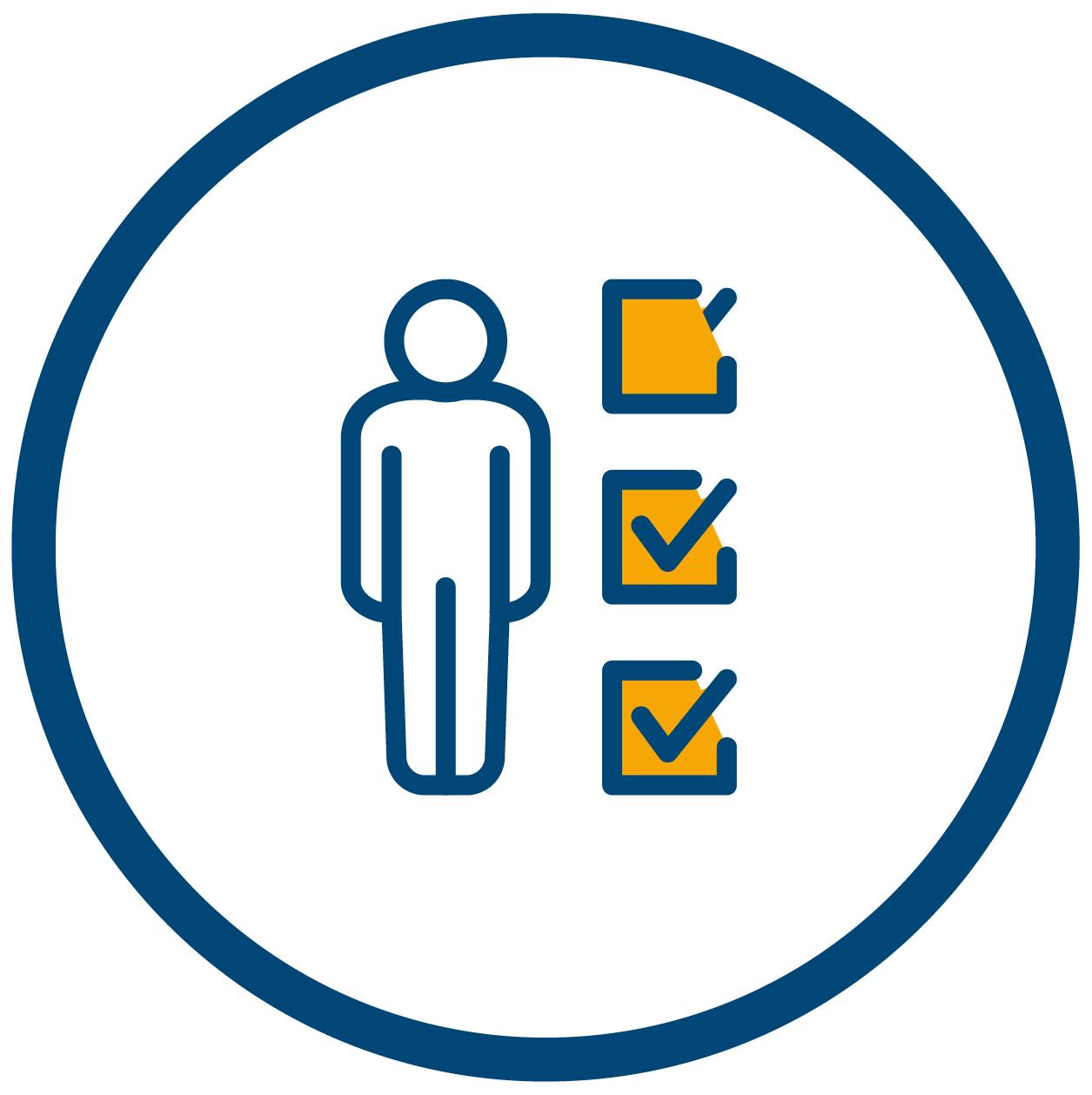
For instance, a worker could also be an officer or an independent contractor (a PCBU).
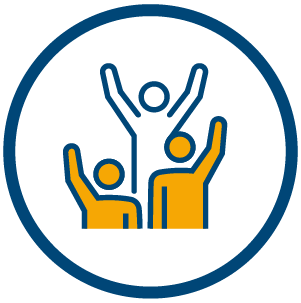
In this case, each person must meet their duty to the required standard, retain responsibility, and consult, coordinate, and cooperate with other duty holders.
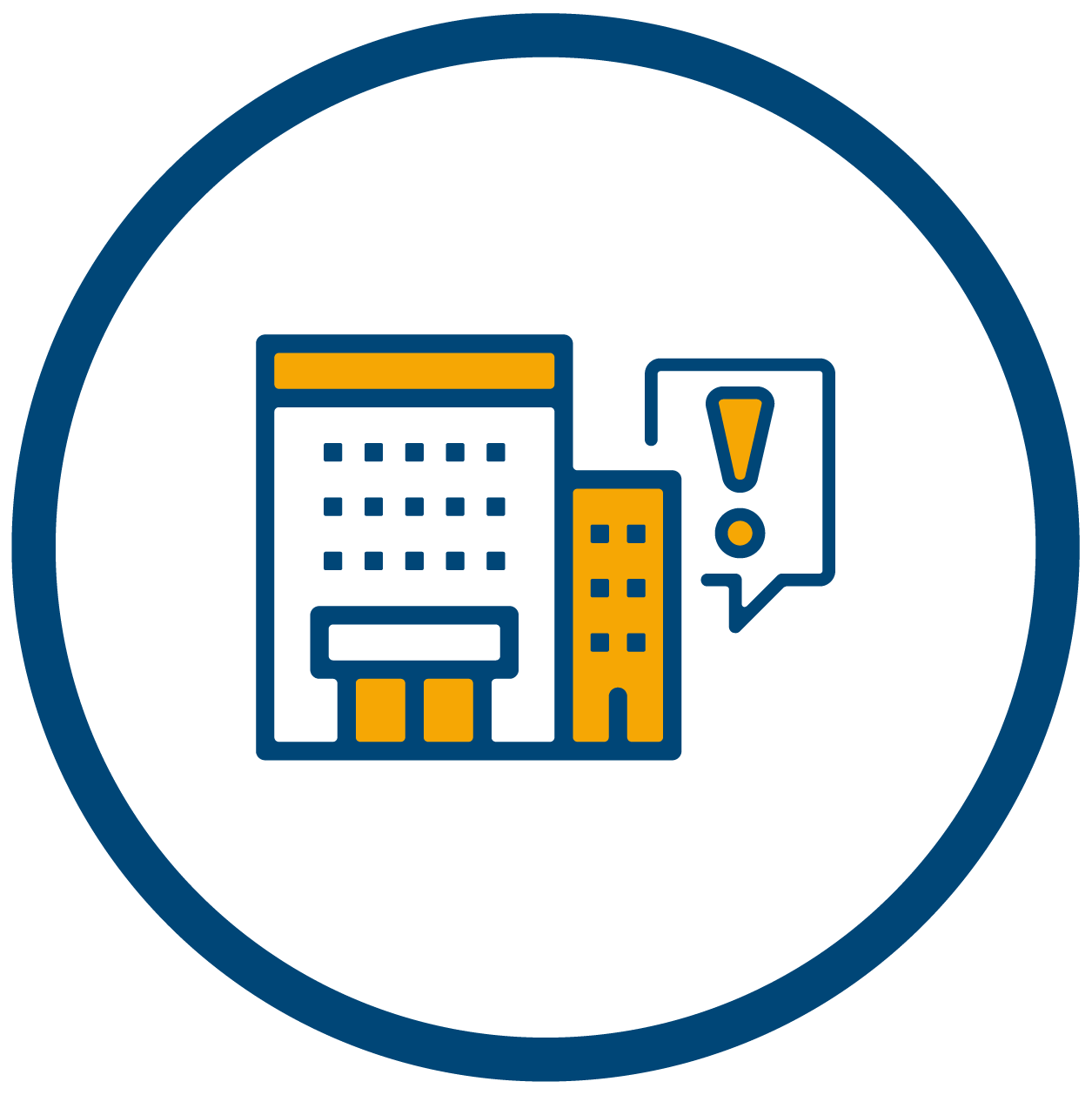
It is the duty holder's responsibility to manage risks by eliminating them as far as reasonably possible or, if not feasible, to minimise the risks. The term 'reasonably practicable' refers to doing everything within one's power to ensure safety at work.
When owners corporations or body corporates are found negligent, they breach their legal obligations. This can result in liability for fatalities and injuries, lead to court litigation, and incur hefty penalties. It’s important to remember that these fines have financial implications for all stakeholders, including owners.
According to the Model WHS Act, the maximum financial penalties for WHS breaches, levied upon owners corporations and body corporates, as of July 2024, are as follows:
Category | Description | Maximum penalty |
1 | This applies to a duty holder who, without a reasonable excuse, engages in conduct with gross negligence or reckless indifference, resulting in risk to an individual of death, serious injury or illness. | $11,561,000 |
2 | This applies to a duty holder who fails to comply with a health and safety duty, exposing an individual to the risk of death, serious injury, or illness. | $2,318,000 |
3 | This applies to a duty holder who fails to comply with a health and safety duty. | $776,000 |
Risk management is made up of a cycle of important steps that the committee needs to follow to keep everyone safe. This process involves identifying, assessing, controlling, and monitoring potential hazards on the common property. By following these four steps carefully and regularly, the committee can comply with health and safety laws reducing the chances of accident, injury, or legal issues.
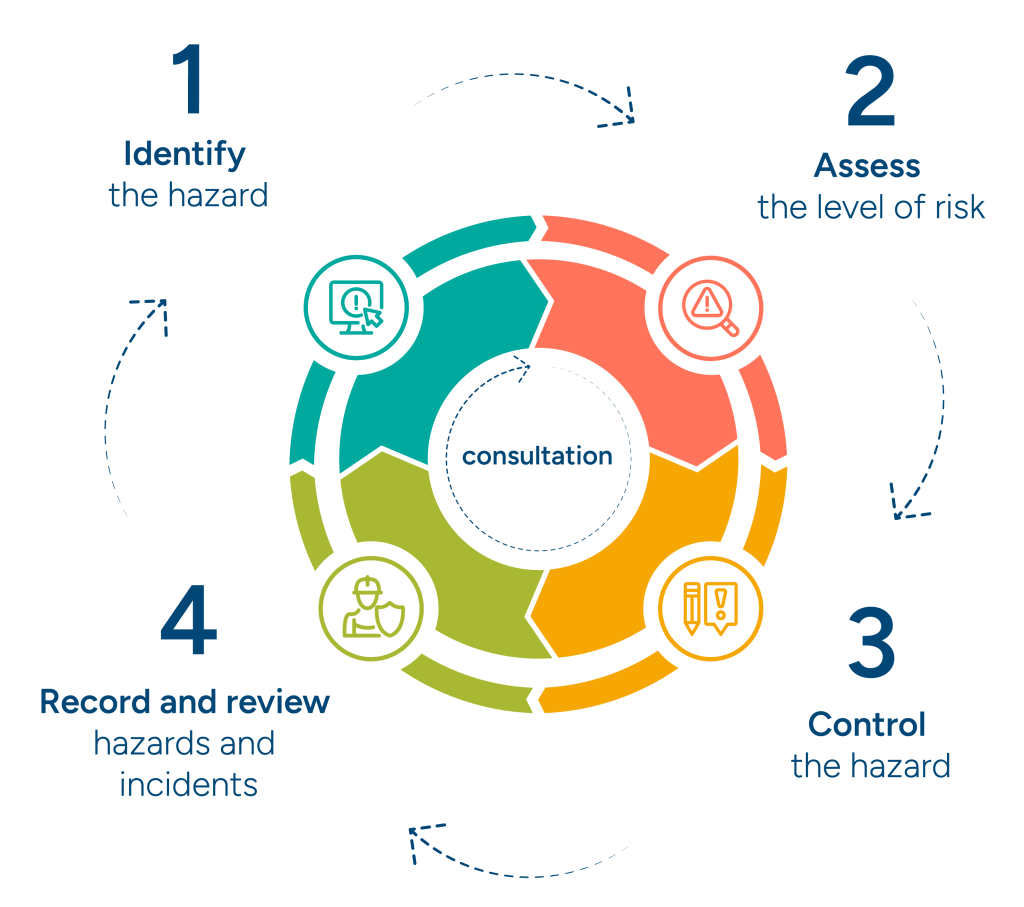
Ensuring a safe environment for residents, workers, and visitors is a cornerstone of a safe and compliant property. However, being adept at identifying hazards is a crucial part of this process. The first step in managing risks is identifying factors that may cause them. Below is an overview of best practice tips for spotting hazards.
To learn more on how to identify and manage risks, SafeWork Australia provides a library of information on their website at safeworkaustralia.gov.au/safety-topic/hazards
A regular maintenance schedule for common property can also help uncover any underlying risks and potential hazards that could arise if not addressed. This can also help owners corporations and body corporate inspect equipment and determine if any urgent repairs or replacements need to be made.
The best inspectors are often those using the spaces the most. Stakeholders, including residents, committee members, contractors, and visitors, offer unique perspectives and can help identify overlooked hazards. Encourage the reporting of any potential risks to our online risk and hazard report form to help capture and manage risks on common property.
To proactively identify risks in your common property, don’t hesitate to engage with duly authorised consultants for a safety audit report. CommunitySelect offers a range of services with various skilled professionals available to cater to an owners corporation or body corporates needs. This should be done preferably every 12 months to fulfil their health and safety duties outlined in the state regulations and codes of practice. This report would help identify hazards or incidents that must be raised to Community Health & Safety or the strata manager. It is the responsibility of the committee to decide and take action on the recommendations, with priority given to serious hazards.
Once a risk is identified, the committee of an owners corporation or body corporate must take all ‘reasonably practical’ steps to ensure the common property is maintained and free from hazards that threaten the health and safety of people using common property. To determine what is reasonably practical, the committee must consider:
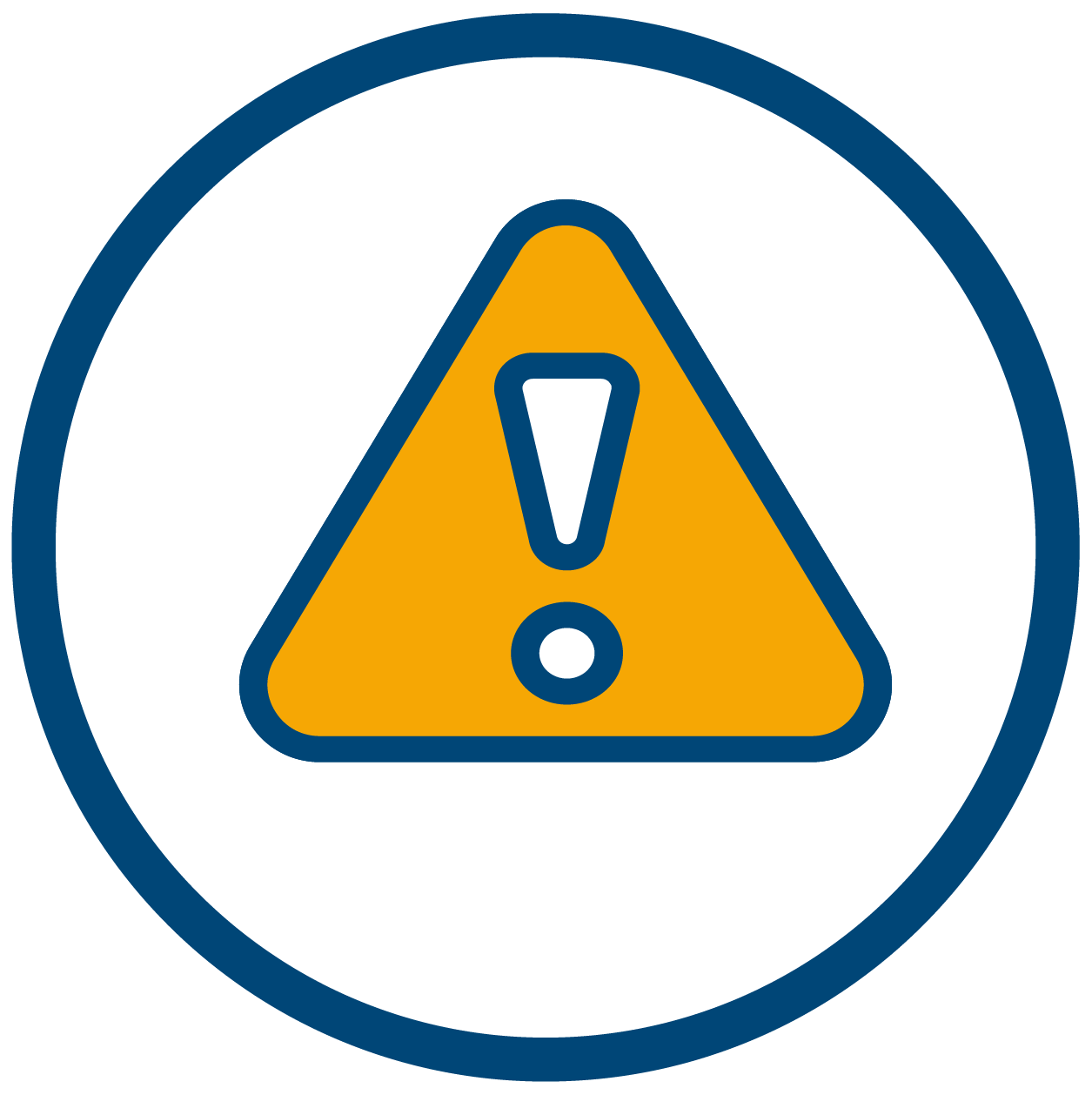
Understand the source of the risk or hazard and the harm it could cause others.

Gauge the frequency and exposure of the risk or hazard and its potential impact on others.

Evaluate the availability and appropriateness of methods to eliminate or minimise the risk.

Determine the degree of harm that might arise from the hazard or risk and whether it would lead to severe consequences such as death, serious injury or illness, or would cause only minor injuries necessitating first aid.
Using the risk assessment matrix in your Community Health & Safety guide, identify the likelihood of an incident that will cause harm. Then, the severity is selected based on the consequences that could result from the risk or hazard. The result from this table will provide a risk score, which will help show how soon the hazard needs to be addressed. Please refer to your risk matrix sheet below for more detailed information on prioritising and action incidents.
Once risks have been identified and evaluated, the committee’s next task is to formulate effective strategies to combat the issue. The ideal course of action is always to remove the hazard at its source. However, if this isn’t feasible, prioritising those hazards with the most significant impact on health and safety should be the next action.
Simple challenges like removing obstructions can be quickly addressed. However, other WHS problems may demand more time, effort, and planning. In such cases, committees should resort to the hierarchy of controls, a structured approach which ranks preventive measures from the most reliable and protective to the least.
This strategy can be applied to virtually any risk but is especially pertinent for risks that cannot be feasibly eliminated. Some examples include:
The hierarchy of controls | ||
Control | Description | Example |
Eliminate | This is the most effective control strategy. It involves removing the hazard from the workplace entirely, preventing any risk of exposure. | Remove obstruction. |
Substitute | If elimination isn’t an option, the next best thing is substitution. This involves replacing a hazardous substance or process with a less harmful one. | Replace toxic cleaning chemicals with eco-friendly products. |
Isolate | This involves creating a barrier restriction between the people and the hazard. | Lock maintenance rooms to prevent unauthorised entry. |
Engineering controls | This method reduces the risk by implementing physical changes to the workplace or equipment. | Install handrails and non-slip flooring in stairwells. |
Administrative controls | If physical changes are impracticable, administrative controls come into play. They consist of alterations in work procedures. | Introducing alterations, contractor rotations, and explicit written instructions. |
Personal protective equipment (PPE) | The final defence line is the usage of PPE. This can encompass all health and safety-related protective gear for workers. | Provide workers with PPE, such as gloves, masks, and ear protection. |
Risk management is a continuous process. Committees should document and regularly review hazards and incidents to help avoid recurring issues, ensure adequate control measures, and develop proactive strategies to mitigate future risks.
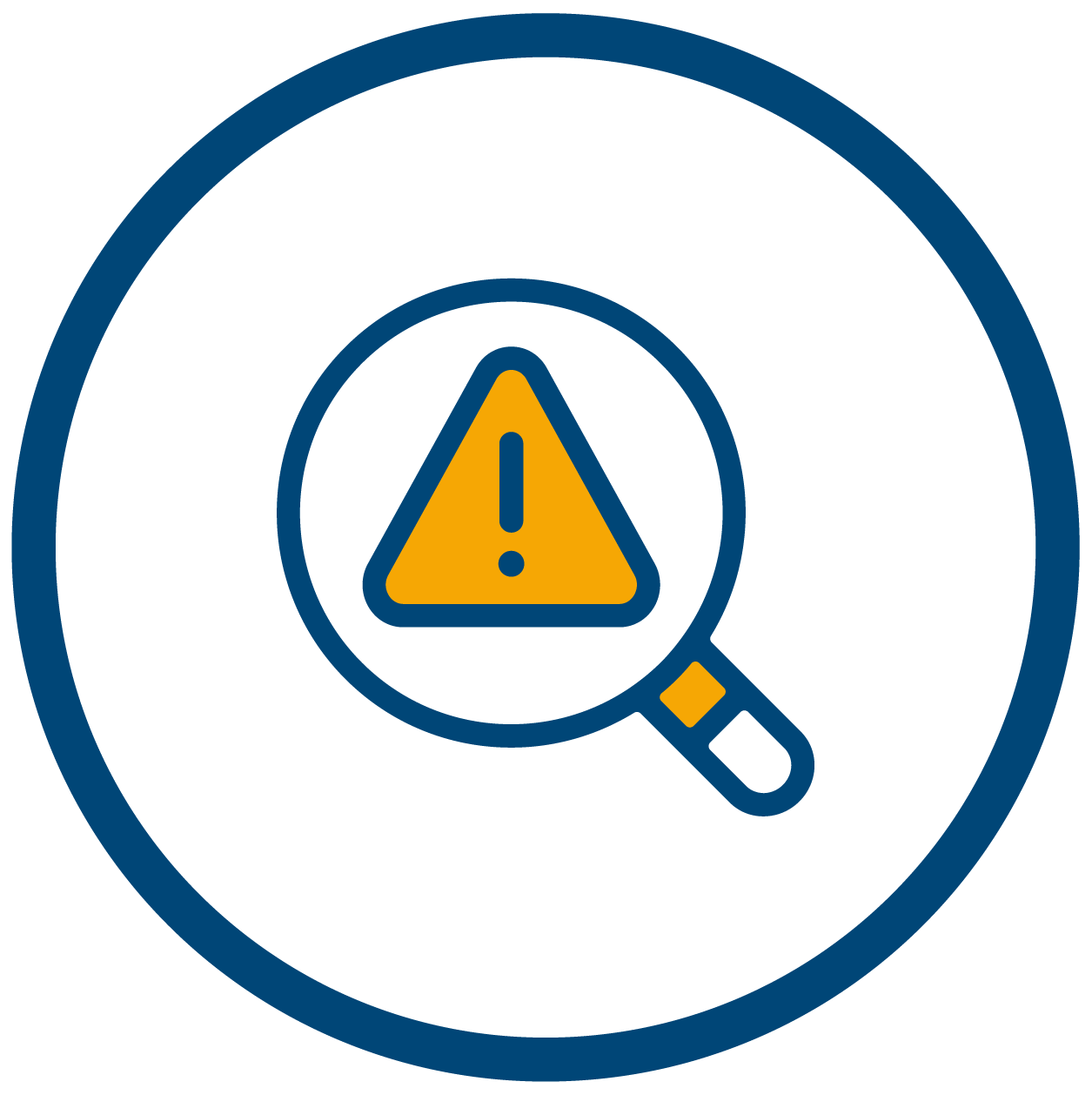
Regular walkthroughs of your workplace are crucial in spotting potential risks. These inspections should be thorough and include all areas of your premises. This site inspection walkthrough of any common property is key in identifying new hazards and risks that arise over time, providing an up-to-date yearly safety report.
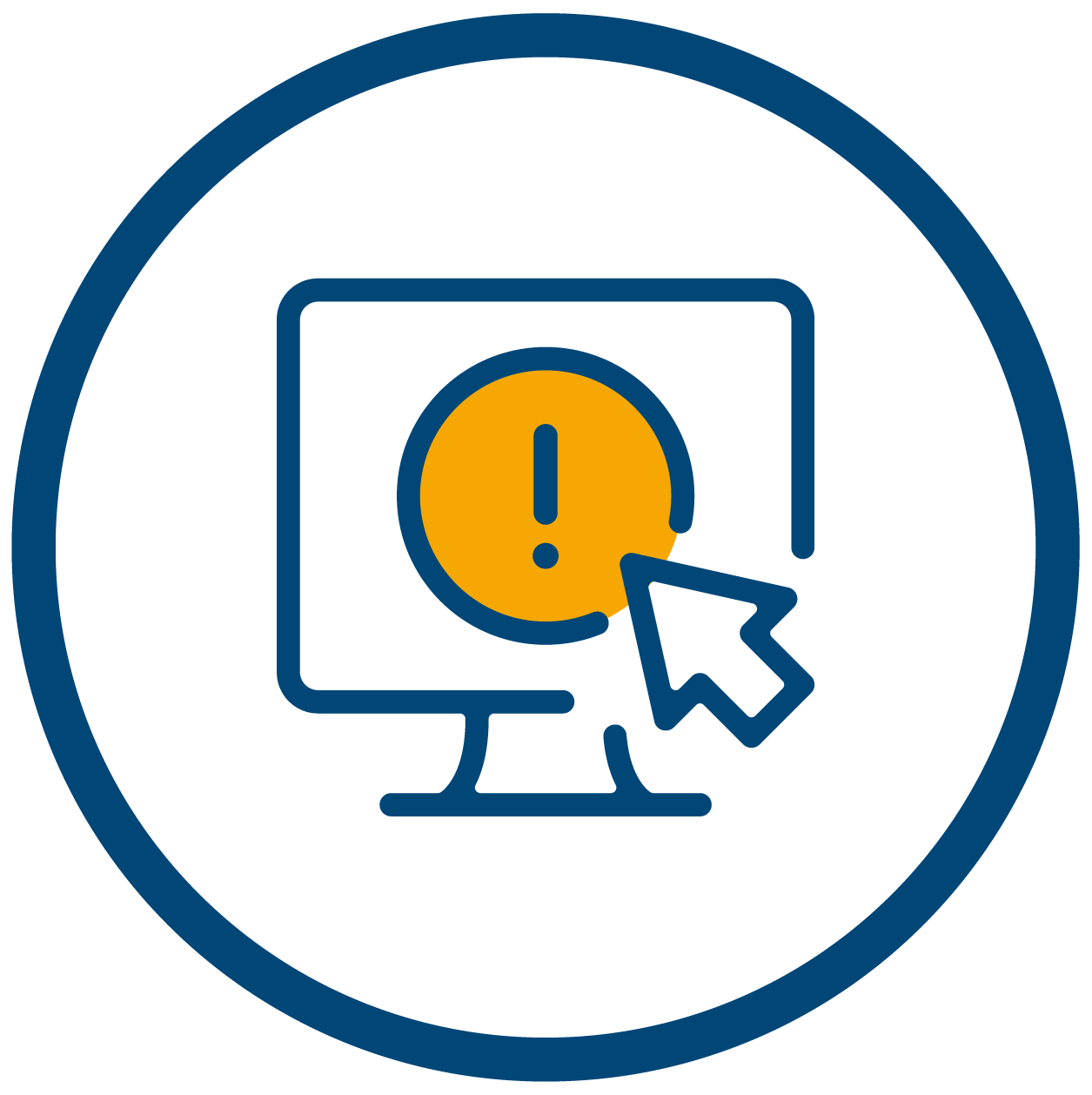
Maintaining a detailed record of identified hazards and incidents that occur in the workplace is a cornerstone of sound risk management. This documentation should include details on what happened, when and where it occurred, who was involved or affected, and any immediate actions taken.

Previous hazards and incidents' findings can inform your control prevention strategies when managing risks. For instance, if a certain type of incident occurs frequently, additional safety training or a change in work processes might be required.
With Community Health & Safety, customers get a streamlined reporting system, allowing the residents and visitors to notify the committee and strata manager of any incidents or hazards. This helps identify common issues that must be addressed to prevent further problems. In addition, committee members also get access to committee reports, which provide an overview of the property’s hazards, incidents, and work orders, to help track and manage risks.
Keep everyone informed on what to do when it comes to reporting risks and hazards on common property. Download a copy of this notice poster to display on your noticeboard or share it with a resident today.
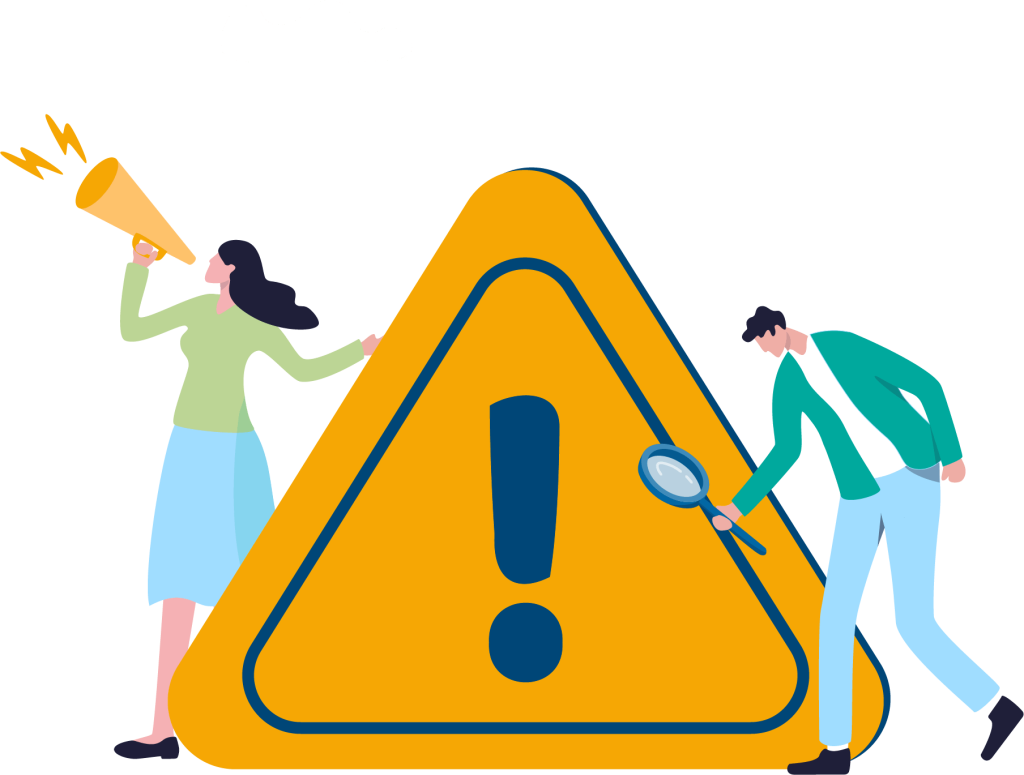
Here is a quick checklist to help your committee prioritise the health, safety, and welfare of every individual on the premises, including occupants, owners, tenants, contractors, employees, and visitors.

Stay informed and continually build your understanding of relevant health and safety obligations, trends, and requirements.

Develop a solid understanding of how the building functions, including any activities or areas that present potential health and safety hazards.

Allocate sufficient resources, including time, budget, and personnel, to support proactive hazard identification and risk management strategies.

Establish clear procedures for receiving, documenting, and responding to safety concerns, near misses, or incidents promptly and effectively.

Implement systems to meet your WHS compliance responsibilities under applicable legislation and regulatory guidelines.

Create and maintain a health and safety improvement plan that sets clear objectives and tracks progress.

Respond quickly to safety concerns raised by residents, workers, or visitors, and involve relevant parties in finding practical solutions.

Implement effective and timely risk control measures that reduce the likelihood of harm, ensuring relevant stakeholders agree upon all measures.

Engage affected individuals, such as contractors or residents, in choosing and evaluating appropriate safety controls.

Gain insight into your property's specific health and safety risks and verify how these are being controlled or monitored.

Demonstrate the importance of safety for the community, setting a tone and encouraging a culture where residents and contractors also prioritise WHS.

Communicate clearly and regularly with all occupants, contractors, and visitors about safety requirements, expectations, and any protective measures they must follow.

Ensure all individuals on-site wear appropriate PPE and understand how to use any tools or gear safely.

Investigate all reported incidents thoroughly, identifying the underlying cause, and take proactive steps to avoid similar incidents in the future.

Make WHS a standing agenda item at all committee meetings, including AGMs and EGMs to:
i. review incident reports, safety audits, and hazard assessments;
ii. discuss WHS implications of upcoming renovations, upgrades, or new projects;
iii. monitor progress towards health and safety goals outlined in your action plan; and
iv. ensure that hazards associated with routine tasks or special projects are formally evaluated and addressed.
Managing risks on strata, owners corporation, and body corporate properties requires a structured, proactive approach to maintain compliance and safety. By following these steps, committees can prevent accidents, protect residents, reduce legal risks and create a safer environment for all residents, workers, and visitors. This generally includes:
1. Understand your committee’s responsibilities
2. Identify hazards through regular inspections.
3. Assess risks based on likelihood and severity.
4. Implement effective control measures using the hierarchy of controls.
5. Review and monitor WHS procedures continuously.
Our Community Health & Safety service is here to help provide schemes with appropriate mechanisms to manage these risks while ensuring the obligations under the regulations are met. Through our resource library, online reporting system, and centralised repository, we are here to help support you in managing your health and safety obligations.
Each state may have specific legislation and regulations concerning health and safety duties in owner corporations and body corporates. To help navigate these regulations, Safe Work Australia, a national policy body, offers a range of resources and tools to help committees manage hazards and risks. For the latest general WHS updates, guidance, and recommendations, please visit the official Safe Work website at safeworkaustralia.gov.au.


Whether you would like to report a current hazard or flag a near-miss incident, please use this report form to help manage health and safety risks on your common property.


Get an updated committee report of hazards, incidents, and work orders to help track and manage risks on common property.
Contact your strata, body corporate, or owners corporation manager for an up-to-date copy today.


Get an annual site inspection walkthrough of your common property to help spot new hazards and risks that arise over time. Contact your strata, body corporate, or owners corporation manager to organise an annual safety report for your property at a fee.
Sources:
• “Model Code of Practice: How to manage work health and safety risks” by SafeWork Australia is licensed under CC BY 4.0
• “Model Code of Practice: Managing the work environment and facilities” by SafeWork Australia is licensed under CC BY 4.0
• “Slips, trips and falls” by SafeWork Australia is licensed under CC BY 4.0
• “Lifting, pushing and pulling (manual tasks)” by SafeWork Australia is licensed under CC BY 4.0
• “Storing hazardous chemicals” by SafeWork Australia is licensed under CC BY 4.0